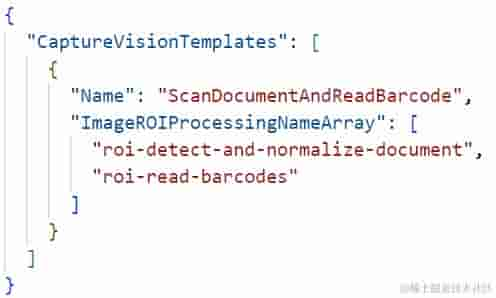JavaScript中this 的基本情况分析:打造代码灵活性
2023-12-10 10:42:12
JavaScript 中的 this
概述
在 JavaScript 中,this 是一个特殊变量,它代表当前执行代码的上下文对象。this 可以绑定到不同的对象上,从而影响代码的执行结果。
基本情况
this 的基本情况包括:
- 隐式绑定: 当函数作为对象的方法被调用时,this 自动绑定到该对象上。
- 显式绑定: 使用
call()、apply()或bind()方法可以显式地将 this 绑定到特定对象上。 - 软绑定: 使用箭头函数可以创建软绑定,此时 this 绑定到函数被定义时的上下文对象上。
- 硬绑定: 使用
Function.prototype.bind()方法可以创建硬绑定,此时 this 永久绑定到特定对象上。
详细分析
隐式绑定
隐式绑定是最常见的一种绑定方式。当函数作为对象的方法被调用时,this 自动绑定到该对象上。例如:
const person = {
name: 'John',
greet: function() {
console.log(`Hello, my name is ${this.name}.`);
}
};
person.greet(); // "Hello, my name is John."
在上面的示例中,greet() 方法作为 person 对象的方法被调用,因此 this 自动绑定到 person 对象上。
显式绑定
显式绑定是指使用 call()、apply() 或 bind() 方法将 this 绑定到特定对象上。这三种方法的作用类似,但语法不同。
call()方法:call()方法接受两个参数,第一个参数是this 要绑定的对象,第二个参数是函数的参数列表。例如:
const person = {
name: 'John'
};
function greet(greeting) {
console.log(`${greeting}, my name is ${this.name}.`);
}
greet.call(person, 'Hello'); // "Hello, my name is John."
apply()方法:apply()方法与call()方法类似,但它接受一个参数数组,而不是参数列表。例如:
const person = {
name: 'John'
};
function greet(greeting) {
console.log(`${greeting}, my name is ${this.name}.`);
}
greet.apply(person, ['Hello']); // "Hello, my name is John."
bind()方法:bind()方法返回一个新的函数,该函数的 this 绑定到指定的对象上。例如:
const person = {
name: 'John'
};
function greet() {
console.log(`Hello, my name is ${this.name}.`);
}
const boundGreet = greet.bind(person);
boundGreet(); // "Hello, my name is John."
软绑定
软绑定是指使用箭头函数创建的绑定。箭头函数没有自己的this,它继承父级作用域的this。例如:
const person = {
name: 'John',
greet: () => {
console.log(`Hello, my name is ${this.name}.`);
}
};
person.greet(); // "Hello, my name is John."
在上面的示例中,greet() 方法是一个箭头函数,它继承了 person 对象的this。
硬绑定
硬绑定是指使用 Function.prototype.bind() 方法创建的绑定。硬绑定会永久地将this绑定到指定的对象上,即使函数被调用时this指向了其他对象,也不会改变。例如:
const person = {
name: 'John'
};
function greet() {
console.log(`Hello, my name is ${this.name}.`);
}
const boundGreet = greet.bind(person);
boundGreet(); // "Hello, my name is John."
const anotherPerson = {
name: 'Jane'
};
boundGreet.call(anotherPerson); // "Hello, my name is John."
在上面的示例中,boundGreet 是一个硬绑定的函数,即使它被 call() 方法调用,this 仍然指向 person 对象。
总结
JavaScript 中的 this 是一个灵活的变量,它可以绑定到不同的对象上,从而影响代码的执行结果。理解this的基本情况,对于理解和编写JavaScript代码非常重要。
隐式绑定是最常见的一种绑定方式,当函数作为对象的方法被调用时,this 自动绑定到该对象上。显式绑定是指使用 call()、apply() 或 bind() 方法将 this 绑定到特定对象上。软绑定是指使用箭头函数创建的绑定,它继承父级作用域的this。硬绑定是指使用 Function.prototype.bind() 方法创建的绑定,它会永久地将this绑定到指定的对象上。



